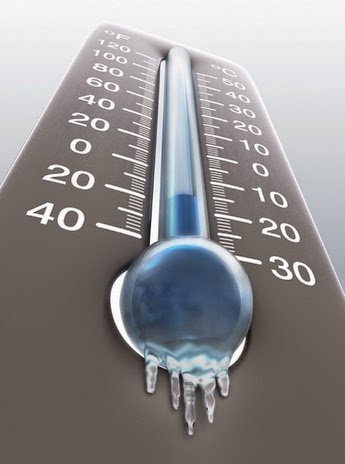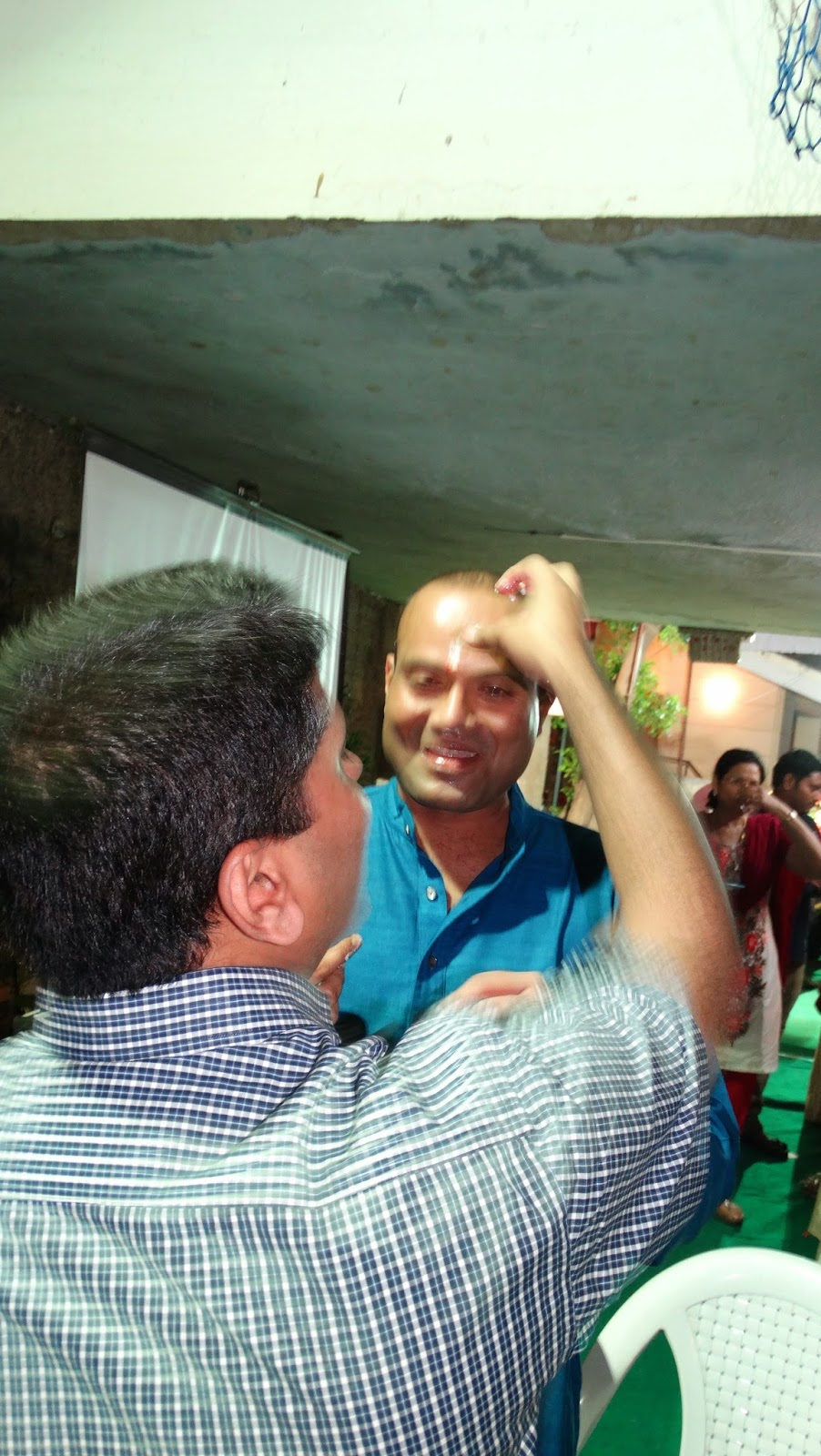Search for dialysis centres here
 Log in to explore the world's most comprehensive database of dialysis centres for free!
Log in to explore the world's most comprehensive database of dialysis centres for free!

Kamal Shah
Hello, I'm Kamal from Hyderabad, India. I have been on dialysis for the last 13 years, six of them on PD, the rest on hemo. I have been on daily nocturnal home hemodialysis for the last four and half years. I can do pretty much everything myself. I love to travel and do short weekend trips or longer trips to places which have dialysis centers. Goa in India is a personal favorite. It is a great holiday destination and has two very good dialysis centers.
E-mail: This e-mail address is being protected from spambots. You need JavaScript enabled to view it
Improving outcomes and QoL in patients on long term dialysis: what is the secret?
I have been on dialysis for almost eighteen years now. I lead an almost normal life. I swim every morning. I work full time. I travel regularly. If you asked me what the secret ingredient in this recipe is, I would unhesitatingly say, "hours, hours, hours". The number of hours you spend on the machine, in my mind, is the most important factor.
I could not make that point as forcefully as I would have liked to in the discussion. In any panel discussion, even without Arnab Goswami as the moderator, there is a limited amount of time that each panelist gets to make his or her point. With Arnab, you have a second or two before he would interject and then make your point for you even if it is not really your point!
But, I digress.
There are two things dialysis removes - fluid and toxins. You can use a better dialyzer to remove toxins in a better manner. However, for fluid removal, even the best dialyzer in the world is restricted by the physiology of the body. The human body can only handle about 400 ml/hour without any complications. Stretch this limit and you are setting yourself up for a variety of problems like cramps, low blood pressure and some heart issues like Myocardial Stunning.
More hours on the machine also means you have less time between treatments. This means lower inter-dialytic weight gains. The normal human body has about 5-6 liters of blood. When someone consumes about 2 liters of fluid without removing it, it means almost 40% extra fluid for the heart to pump. This puts a lot of load on the heart causing it to expand (Left Ventricular Hypertrophy) and eventually fail. That is why most dialysis patients die of Cardiac issues and many of them die during the 'long-gap' between sessions. For patients on thrice a week dialysis, this typically is the 'killer weekend' - the Sunday-Monday gap or the Saturday-Sunday gap.
So, how much dialysis should one get?
I would say, "however much you can practically get!" I get about seven hours each night, six nights a week. That's at least 42 hours per week! Compare this to those who get five hours, twice weekly or four hours, thrice weekly. I get a lot more. Yes, there are a large number of people who have survived for a lot longer than I have on these modalities. But we must not get swayed by a few odd cases. The vast majority of patients who get low hours per week have poor survivals and quality of life.
Even when it comes to toxins, middle molecules can only be removed by more hours on the machine. These are the silent killers when it comes to long term dialysis.
I strongly believe a lot more effort needs to be made by the Indian dialysis community in getting patients more hours on the machine. Yes, patients here have financial constraints. Yes, we have a resource crunch. But if we honestly ask ourselves the question, "Are we giving optimal (not just adequate) dialysis to every patient who can afford it?", I am sure the answer is a big "No".
Are we giving enough hours to patients covered by private insurance? No!
Are we giving enough hours to patients covered by Government reimbursement schemes? No!
Are we giving enough hours to patients to patients who can afford them? No!
Where is the financial constraint for patients here?
I rest my case.
... http://www.kamaldshah.com/2015/03/improving-outcomes-and-qol-in-patients.html
Advised a major surgery
- Grin and bear the pain until I can
- Undergo a major surgery involving four days of hospitalisation, four weeks of rest and six months for complete recovery
- 'Try' an injection that may or may not work, has to be injected in the Operation Theatre, and if it works, can give me relief for a couple of years
... http://www.kamaldshah.com/2014/09/advised-major-surgery.html
What is wrong with medical journalism in India?
This morning, in my inbox, I saw an article from the Hindustan Times about a PD solution infecting a set of patients. Investigations revealed that a particular batch of fluid from an unspecified manufacturer contained 'extraneous matter'. The company is supposed to have called the patients who had been delivered the batch and asked them not to use that fluid and said it would be replaced.
No mention of the brand, no mention of the batch numbers, no mention of what the 'extraneous matter' was.
A few months back, in the US, there was a huge hue and cry over Fresenius' dialysis solution and it was all over the press. This is how it should be! Patients need to be told about which company manufactured the fluid. The manufacturer should issue a proper advisory to all its patients with the correct batch and ask them not to use it. What if the patients affected have not received a call? Is someone senior enough doing the calls to make sure no one is left out?
One of the patients affected had to undergo removal of his PD catheter. This, by no means, is a small thing.
Another major error I found in the article is this:
"...needs to undergo three sessions of dialysis a day, owing to her advanced kidney disease."
This line gives the impression that the patient referred to was in a very advanced stage of kidney disease! Anyone undergoing PD would need to undergo three 'exchanges' per day (and not three sessions of dialysis!). There is no connection between the stage of kidney disease and the number of exchanges. Anyone who is put on dialysis has crossed Stage 5 of kidney disease.
Newspaper journalists need to research their articles more carefully. Such statements can create a lot of misinformation among the general public. Without understanding the basics, journalists must not be allowed to cover such topics.
Medical journalists in India must take a leaf out of the newspapers of their counterparts elsewhere!
... http://www.kamaldshah.com/2014/09/what-is-wrong-with-medical-journalism.html
Callousness towards the cold chain
I was considering a product for use recently. This was not the traditional Erythropoietin injection for which generally the cold chain is recommended. Cold chain means maintaining the product at a temperature of between 2 to 8 degrees centigrade to ensure that it remains effective when it is used. This is because the product contains certain ingredients that are effective only if maintained at that temperature. The moment you keep them outside the required temperature, the product loses its effectiveness and even after that period, if you bring it back to the temperature, it is no longer effective.
On the product I was reviewing, it was clearly written that it must be maintained between 2 to 8 degrees centigrade. The samples that I had got did not come with an ice pack (which is the most common way to maintain the product at the desired temperature for short periods when they are delivered to the end user). I was surprised. I thought that the person who delivered the product might have messed up.
I irately called up the vendor and told him that the product was delivered to me without an ice pack. I was shocked by his response. He said this product did not require to be maintained at cold temperatures! I told him it clearly stated on the pack. He said that they write that but it really does not require the cold chain.
I gave up.
The horrifying thing about this is that this product is in use at many hospitals from ages. I can almost guarantee that many people are using this without realising that the product is not effective. Many patients have been put at untold danger by using this product. When the vendor himself is so callous about such an important aspect, where does that leave the poor patients?
I remember reading some peer reviewed papers in medical journals that tested this product and found it to be as effective as another product that did not need a cold chain but had certain other disadvantages. Somehow Indian doctors were a little apprehensive about the results. I now know why!
I sometimes feel very helpless. Before any product reaches me, the end user, a patient, how many people does it go through? Even if we assume that the manufacturer did a good job (it is in his interest that the proper conditions are maintained because the effectiveness of his product is extremely important for him), what about the numerous other people who would not be as careful? Even if one person is not careful enough, the product could be rendered ineffective!
With so many challenges faced by us patients, here is yet another.
... http://www.kamaldshah.com/2014/09/callousness-towards-cold-chain.html
Birthday 2014
Here are some pictures:
 Professional dialysis recruitment
Professional dialysis recruitment




